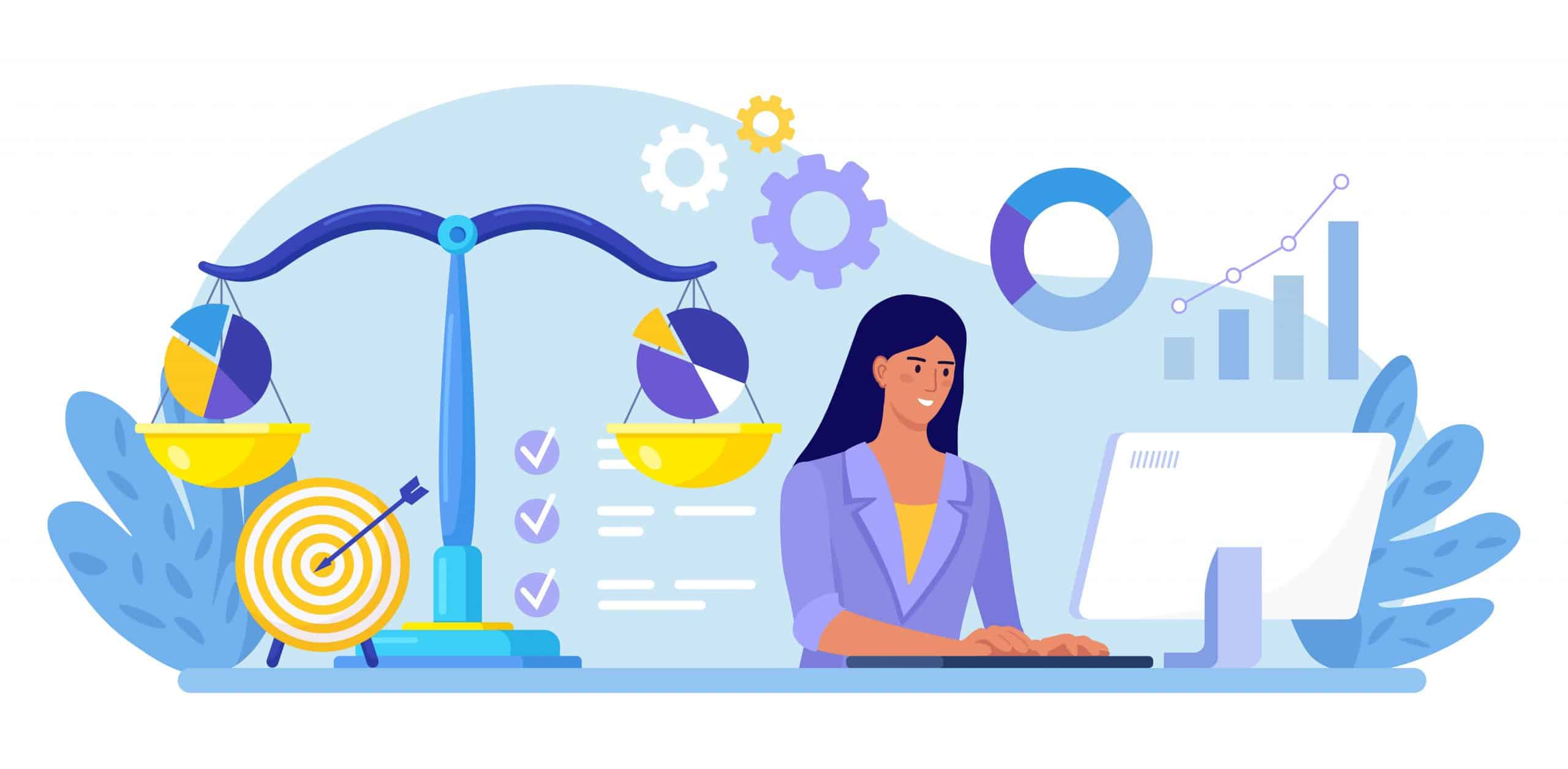Security as a Service Market Evolution: 2020-2025 Adoption Analysis
The Security as a Service (SECaaS) market has experienced significant growth in recent years, driven by the increasing complexity and frequency of cyber threats, the rise of cloud computing, and the need for cost-effective security solutions. This article delves into the evolution of the SECaaS market from 2020 to 2025, examining key trends in market growth, adoption rates, implementation timelines, pricing models, and return on investment (ROI). The analysis also explores the impact of SECaaS on internal IT staffing, compliance achievement, integration challenges, and employee productivity.
Market Growth (2020-2025)

The SECaaS market has witnessed substantial growth between 2020 and 2025. One report valued the global Security as a Service Market size at $12.4 billion in 2021, projecting it to reach $23.8 billion by 2026, growing at a CAGR of 13.8% . Another source estimated the market size to reach USD 75 billion by 2032, growing at a CAGR of 19.4% from 2022 to 2032 . This growth can be attributed to several factors:
- Increased Cyber Threat Incidents: The number of cyberattacks has been steadily increasing, with ransomware attacks occurring every few seconds and phishing attacks remaining a significant threat . Organizations are increasingly turning to SECaaS to bolster their defenses and mitigate these risks.
- Rise of Cloud Computing: As businesses migrate their operations to the cloud, they face new security challenges that require specialized protection against data breaches and cyber threats . SECaaS provides a cloud-based model for outsourcing cybersecurity, addressing these challenges effectively.
- Demand for Advanced Security Solutions: With the increasing complexity of cyber threats, traditional security measures often prove inadequate . SECaaS providers offer advanced security solutions, such as threat intelligence, endpoint protection, and cloud security, to combat evolving threats.
- Cost-Effectiveness: SECaaS offers a cost-effective alternative to traditional in-house security measures, which require significant investment in hardware, software, and skilled personnel.
Adoption Rates by Company Size
While SECaaS adoption is increasing across all organization sizes, there are some notable trends:
- Small and Medium-sized Enterprises (SMEs): SMEs are increasingly adopting SECaaS due to its cost-effectiveness and comprehensive security solutions tailored to their needs and resource constraints . They face around 10,000 cyberattacks daily, making robust security essential .
- Large Enterprises: Large enterprises are significant users of SECaaS due to their complex IT infrastructures and extensive operations . They often opt for cloud-based security service packages to enhance their security posture and reduce the risk of data breaches .
Implementation Timelines by Sector
SECaaS implementation timelines vary across different sectors, depending on factors such as the complexity of the existing IT infrastructure, the specific security needs of the organization, and the chosen SECaaS solution.
- Healthcare: The healthcare sector faces unique challenges in implementing SECaaS due to strict regulations like HIPAA and the need to protect sensitive patient data .
- Finance: The finance sector requires robust security measures to protect financial data and comply with regulations like PCI DSS. SECaaS implementation in this sector often involves integrating with existing systems and ensuring compliance with industry standards .
Pricing Models of Top SECaaS Providers
SECaaS providers typically use various pricing models, including:
- Subscription-based pricing: This model charges a recurring fee for access to the SECaaS solution, typically on a monthly or annual basis . The fee is usually based on the number of users, devices, or systems being protected, as well as the level of protection and services provided.
- Pay-as-you-go pricing: This model charges for SECaaS services based on usage, such as the amount of data processed or the number of security events detected .
- Tiered pricing: This model offers different service packages with varying features and capabilities at different price points .
- Flat pricing: This model offers a single version of the product at the same fee to all customers .
- Per-feature pricing: This model charges for each service the company offers, allowing customers to pay only for the services they need .
ROI Metrics from SECaaS Implementations
Measuring the ROI of SECaaS implementations can be challenging, but several key metrics can be used to assess the effectiveness of these solutions:
- Cost Savings: SECaaS can lead to significant cost savings by reducing the need for investment in hardware, software, and IT personnel .
- Productivity Gains: By outsourcing security tasks to SECaaS providers, internal IT staff can focus on other strategic initiatives, leading to productivity gains .
- Security Improvements: SECaaS can improve an organization’s security posture by providing access to advanced security technologies and expertise, leading to a reduction in security incidents .
- Compliance Achievement: SECaaS can help organizations achieve compliance with relevant security standards and regulations, reducing the risk of penalties and fines .
Correlation Between Adoption and Security Incidents
Studies have shown a correlation between SECaaS adoption and a reduction in the number and severity of security incidents. SECaaS providers offer proactive threat management, continuous monitoring, and incident response services that help organizations mitigate security risks effectively .
Impact on Internal IT Staffing
SECaaS adoption has significantly impacted internal IT staffing. By outsourcing security tasks, organizations can reduce the need for in-house security personnel, leading to cost savings and allowing IT staff to focus on other strategic initiatives . However, it also necessitates re-skilling of IT personnel to adapt to the changing security landscape and manage SECaaS solutions effectively .
Compliance Achievement Rates
SECaaS has helped organizations achieve compliance with relevant security standards and regulations, such as HIPAA, GDPR, and PCI DSS . SECaaS providers offer compliance support and ensure their services meet industry standards, reducing the risk of penalties and fines for non-compliance.
Integration Challenges and Solutions
Integrating SECaaS solutions with existing IT infrastructure can present challenges, such as compatibility issues, data migration complexities, and vendor lock-in . However, solutions such as careful vendor selection, thorough planning, and robust integration strategies can help overcome these challenges and ensure seamless integration.
Cost Reduction Patterns Post-Implementation
Organizations typically observe significant cost reduction patterns post-SECaaS implementation. Cost savings are most significant in areas such as hardware and software expenses, IT personnel costs, and reduced downtime due to security incidents .
Incident Response Time Improvements
SECaaS has significantly improved incident response times compared to traditional security solutions. Factors contributing to faster response times include continuous monitoring, automated incident response, and the expertise of SECaaS providers in handling security incidents .
On-Premise vs. Cloud Security Costs
Cloud-based SECaaS offerings generally have lower upfront costs and offer greater scalability compared to on-premise security solutions . However, on-premise solutions may be more cost-effective in the long run for some organizations, especially those with stringent regulatory requirements or the need for greater control over their data .
Employee Productivity Impact
SECaaS can positively impact employee productivity by reducing security-related disruptions and allowing employees to focus on their core tasks . Factors such as improved security awareness, reduced downtime, and enhanced data protection contribute to productivity changes.
Conclusion
The SECaaS market has evolved significantly from 2020 to 2025, driven by the increasing need for robust and cost-effective security solutions. SECaaS adoption is increasing across all organization sizes and sectors, with varying implementation timelines and pricing models. Organizations are realizing significant benefits from SECaaS, including cost savings, improved security posture, and increased employee productivity. However, it is crucial to address integration challenges and choose the right SECaaS provider to maximize the benefits of this evolving security model.











